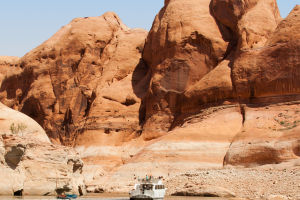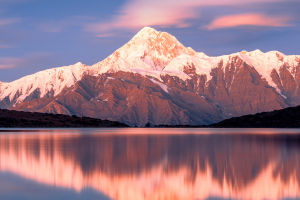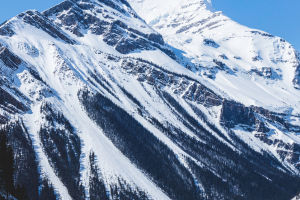Waterfalls are a breathtaking wonder of nature, and capturing their beauty through photography is an art that requires skill and patience.
In this article, we will explore how to photograph a beautiful waterfall, offering tips and techniques to help you achieve stunning results that do justice to these natural spectacles.
1. Equipment Essentials
Camera: Use a DSLR or mirrorless camera to have control over settings.
Tripod: A sturdy tripod is crucial for sharp, long-exposure shots.
Lenses: Wide-angle lenses are ideal for capturing the entire waterfall and its surroundings.
Filters: A polarizing filter can reduce glare and enhance colors, while a neutral density (ND) filter helps achieve longer exposures in bright conditions.
2. Location and Timing
Research: Find waterfall locations that pique your interest. Online resources and photography communities can be valuable sources of information.
Golden Hours: Capture your shots during the magical golden hours of sunrise and sunset, when you'll be bathed in soft, warm light and blessed with elongated shadows.
3. Composition Techniques
Rule of Thirds: Compose your shot with the waterfall in one-third of the frame and the surrounding landscape in the rest.
Leading Lines: Utilize elements like rocks or streams to guide the viewer's eye toward the waterfall.
Foreground Interest: Include elements in the foreground to add depth and perspective.
4. Aperture Settings
Aperture Priority: Use this mode to control the depth of field. A small aperture (e.g., f/16) will ensure a larger area is in focus.
Shallow Depth: For creative shots, open the aperture (e.g., f/2.8) to blur the background and emphasize the waterfall.
5. Shutter Speed and Long Exposure
Long Exposure: For the classic silky effect of waterfalls, use a slow shutter speed (e.g., 1-5 seconds or more). A tripod is essential to avoid camera shake.
ND Filter: A strong ND filter helps achieve long exposures in bright daylight.
6. Focus
Manual Focus: Manually focus on the waterfall for sharpness. Use live view to zoom in and ensure precise focus.
Hyperfocal Distance: For maximum depth of field, focus at the hyperfocal distance, which varies with the lens and aperture.
7. ISO Settings
Low ISO: Keep ISO as low as possible (e.g., ISO 100 or 200) to minimize noise and retain image quality.
8. Remote Shutter Release
Remote Trigger: To avoid camera shake during exposure, use a remote shutter release or the camera's self-timer.
9. Composition Styles
Classic Wide Shot: Capture the entire waterfall and its surroundings in a wide-angle shot.
Detail Shots: Zoom in on interesting textures and patterns, like flowing water or mossy rocks.
10. Bracketing for HDR - Dynamic Range: Waterfall scenes can have a wide dynamic range. Use exposure bracketing to capture details in highlights and shadows, then merge images into an HDR photo during post-processing.
11. Post-Processing - RAW Format: Shoot in RAW to have greater flexibility in post-processing. - Enhancement: Adjust exposure, contrast, and color balance. Fine-tune sharpness and clarity.
12. Safety and Environmental Concerns - Safety First: When photographing waterfalls in the wild, be cautious of slippery rocks and fast currents. Never put yourself in danger for a shot. - Environmental Respect: Preserve the natural beauty of waterfalls by following Leave No Trace principles and respecting local regulations.
13. Experimentation - Creative Shots: Don't be afraid to experiment with angles, framing, and unique compositions. - Mist and Rainbows: Capture the mist and rainbows created by waterfalls for enchanting effects.
14. Patience and Persistence - Changing Conditions: Waterfalls can look drastically different under various conditions, so be patient and visit them multiple times. - Seasonal Variations: Water levels, foliage, and lighting change with the seasons, offering diverse photographic opportunities.
15. Learning and Sharing - Community: Join photography forums or groups to learn from others and share your work. - Critique: Accept constructive feedback to improve your skills.
Photographing a waterfall is a rewarding endeavor that allows you to capture the awe-inspiring beauty of nature. With the right equipment, techniques, and a creative eye, you can create stunning images that do justice to these natural wonders.
Remember to be patient, embrace experimentation, and always prioritize safety and environmental preservation as you embark on your waterfall photography journey.


